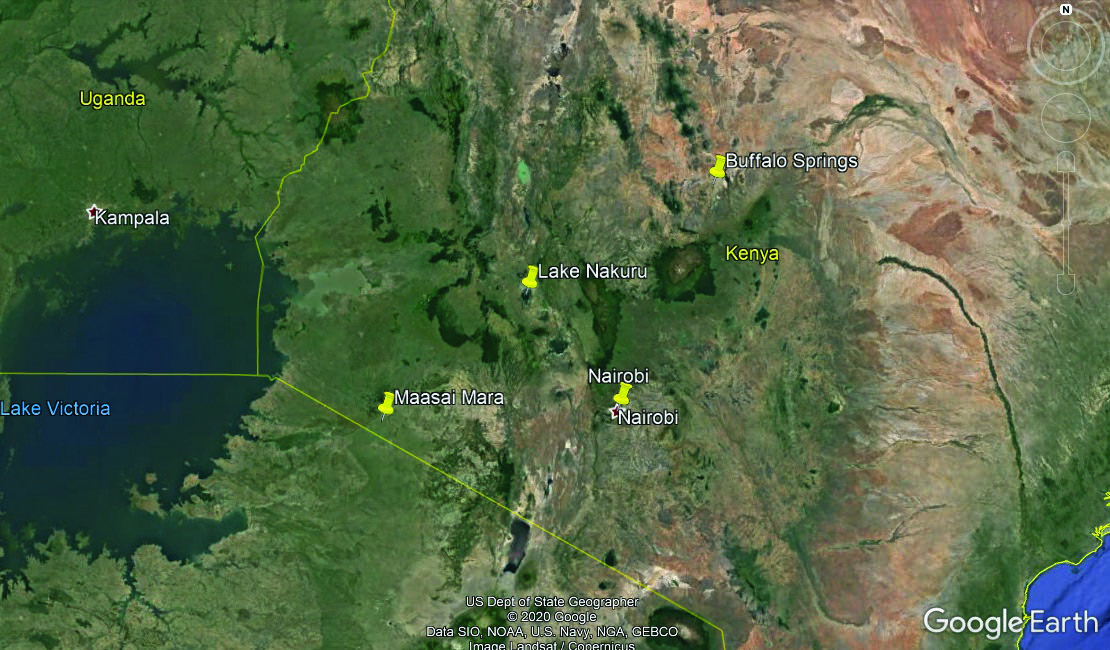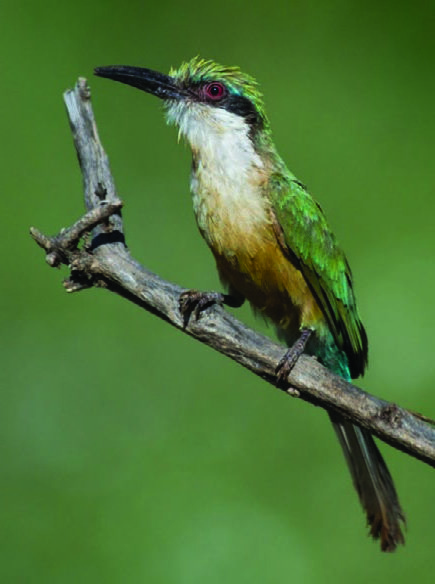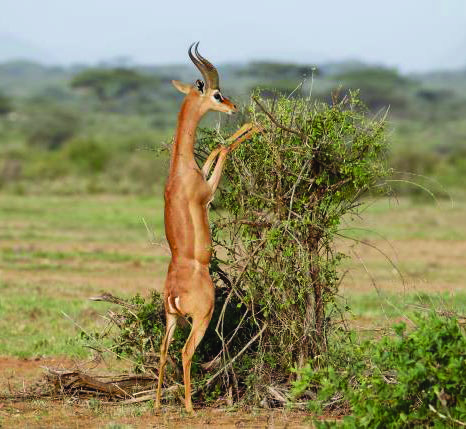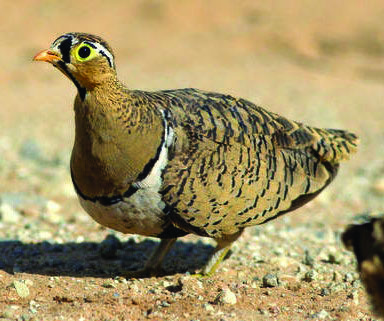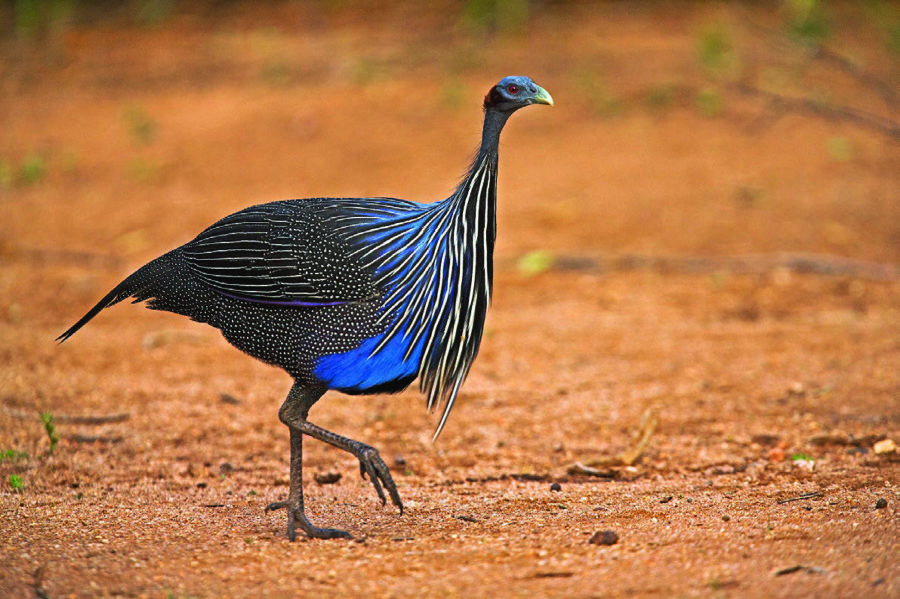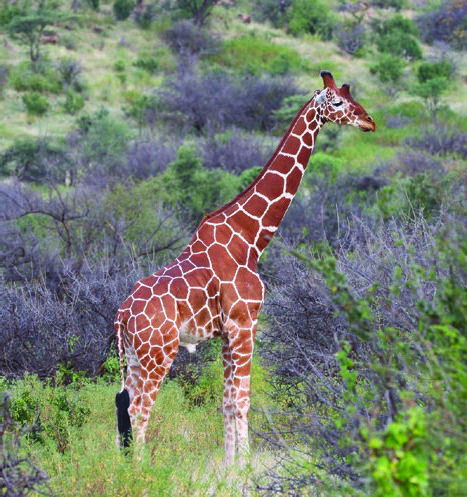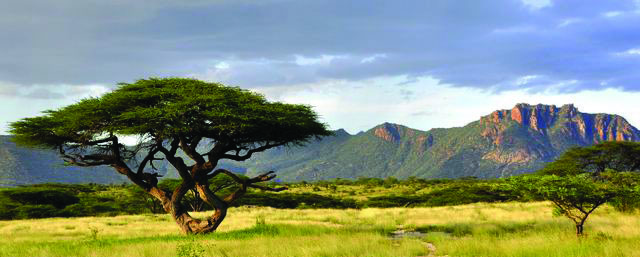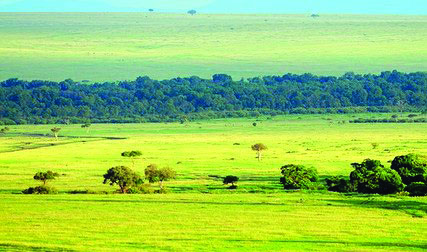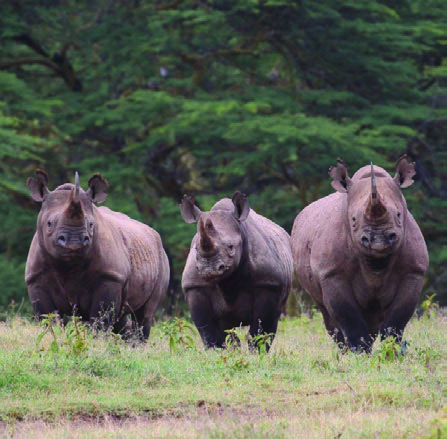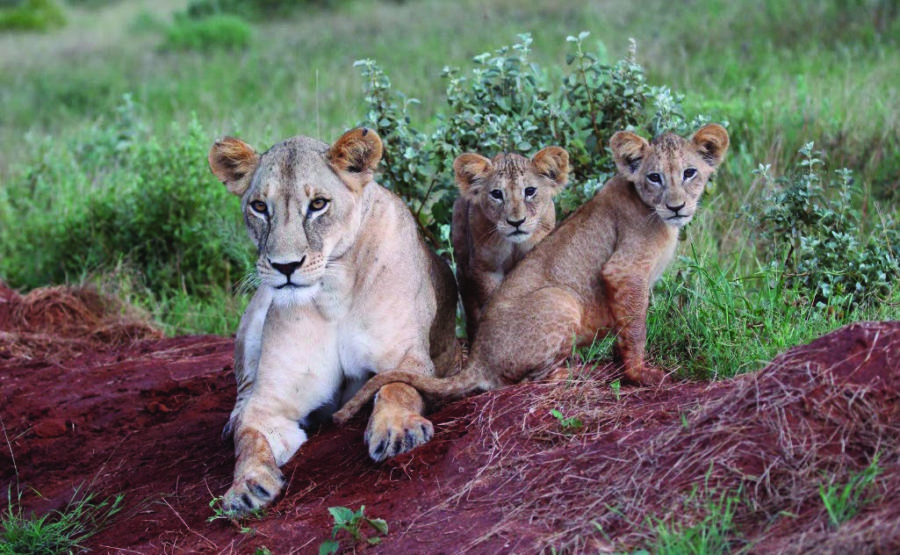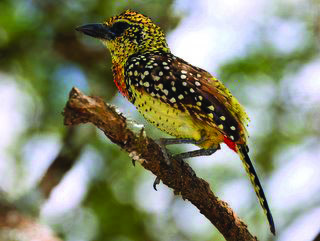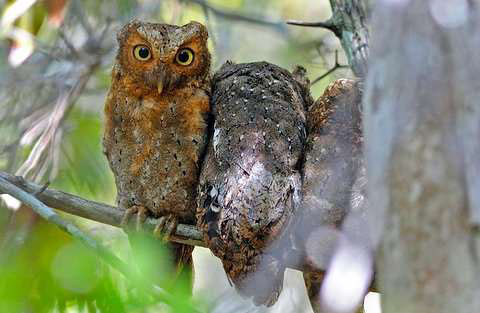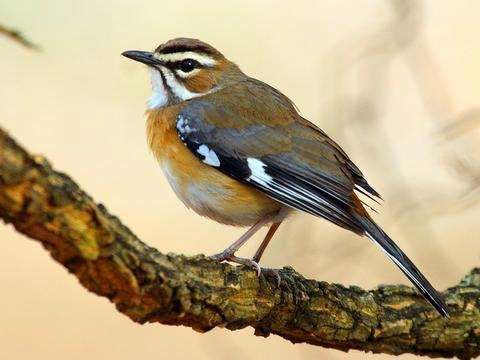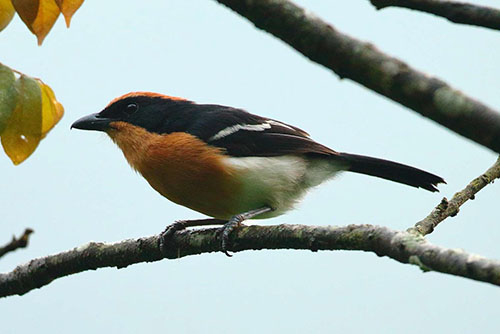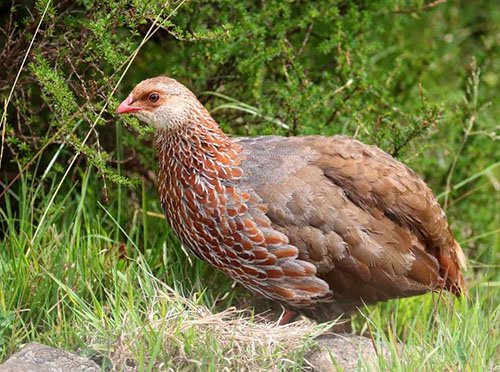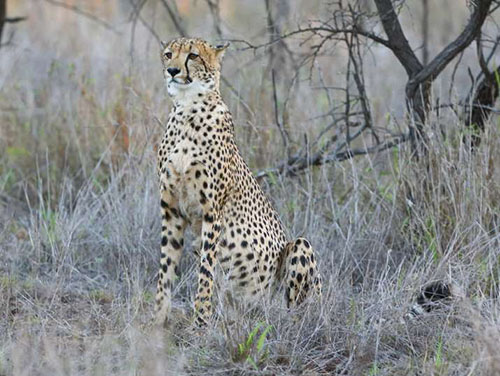Kenya is well regarded as one of the finest safari destinations on the planet, and rightly so. This specially crafted 11-day Kenya tour focuses on three of the best locations in the country for both birdwatching and game viewing. We begin with the well-known reserve complex of Shaba/Samburu/Buffalo Springs which highlights many unique species that are restricted to north-east Africa’s dry Acacia scrub from Gerenuk and Reticulated Giraffe to Lichtenstein’s Sandgrouse and Somali Bee-eater. We then spend a couple of night at the wonderful Rift Valley lake of Nakuru where we have excellent chances for a plethora of waterfowl and woodland species while the reserve is also famous for its Rhino populations and we have excellent chances at finding both White and Black Rhinoceros. Finally, we visit arguably the most famous game reserve in the world, the fabulous Maasai Mara! Here big game abounds, and the birdlife is simply magnificent.
Join us for what promises to be an extraordinary tour offering an incredible diversity of wildlife, superb scenery, wonderful lodges, and super-friendly tribal people!
